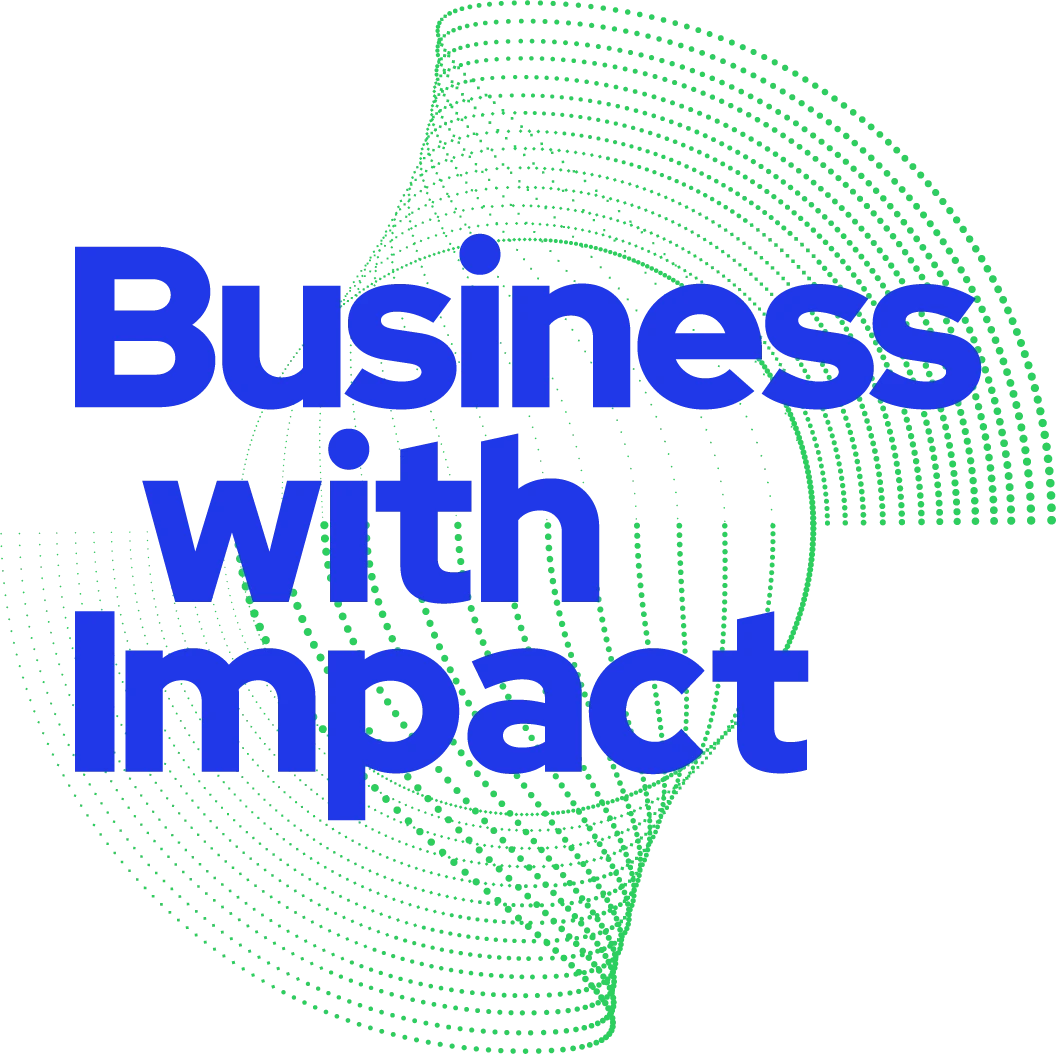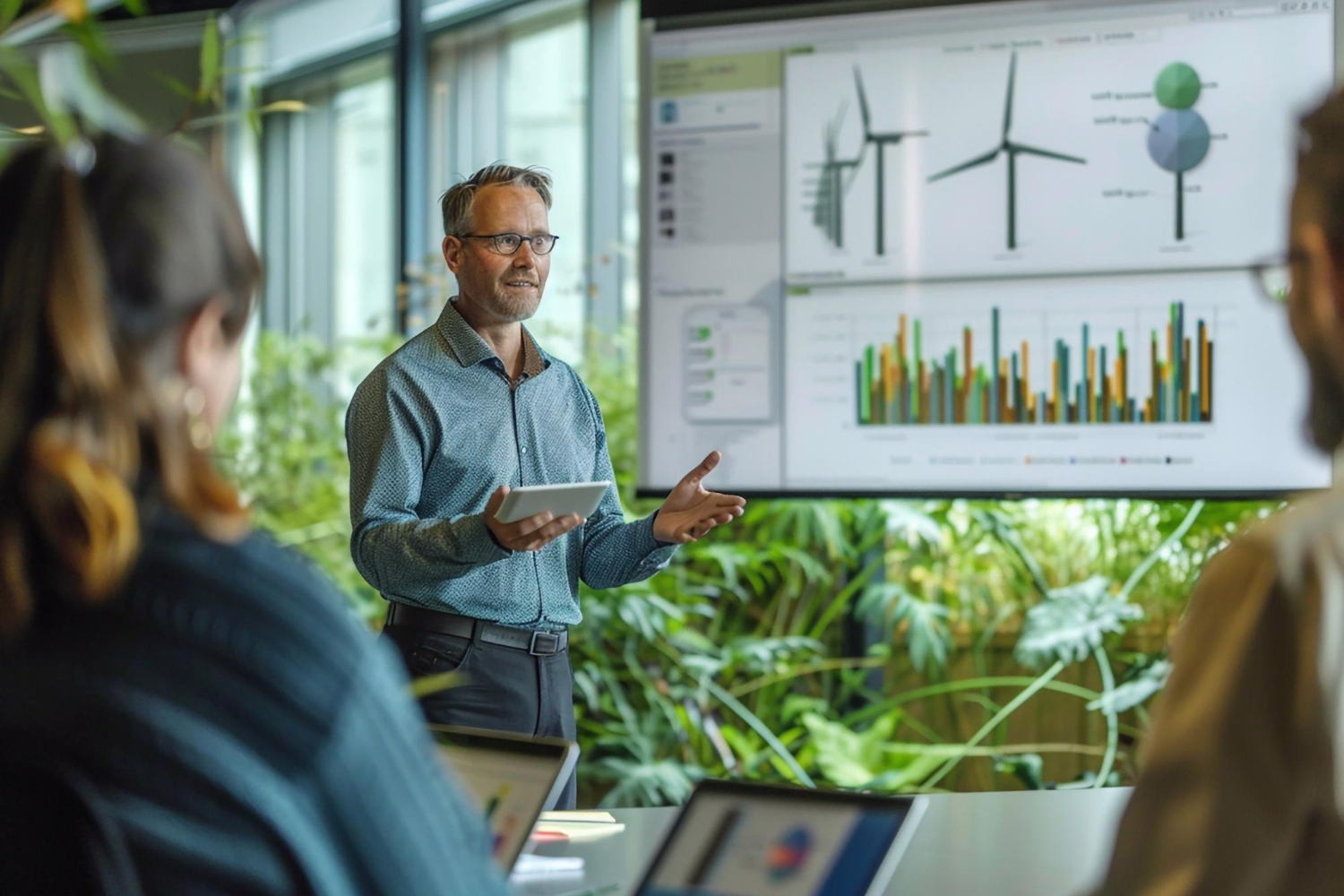Expectations are on the rise for manufacturing companies to do more on sustainability. I often meet business owners and decision-makers who struggle to find out where to focus and how to get started in a smart way. Can it be good for the business apart from the branding opportunity? There are so many areas we could do something about, but what’s the best place to start for us?
For SMEs questions like these quickly find their way to the desk of the business owners and C-suite executives. A lot of time and money can be spent poorly if you do not go about it the right way. To ease your frustrations a bit I have created some guiding steps and questions. As a fundamental approach, I can say, that the path becomes clearer when sustainability is used as a tool to address meaningful problems in the business and for your ideal clients.
1. Sustainability: More Than Just a Buzzword
For many, sustainability has become synonymous with environmental conservation or taking part in lifting the burden that sustainability and climate are almost always articulated as. However, for SMEs in the manufacturing space, sustainability offers an opportunity for strategic growth. Avoiding unnecessary waste of products, components, materials, energy, water and time, utilizing the unavoidable waste, better fit of materials to actual use scenarios, and prolonging the life of products and machinery are all examples of efforts in the sustainability toolbox that also can give business value right out of the box. By embedding sustainable practices into operations, manufacturing businesses can not only decrease their ecological footprint but also increase profitability, resilience, and stakeholder trust.
2. Define Your Purpose
Before embarking on any journey, knowing one’s destination is crucial. This is no different for a sustainability journey. Business leaders need to ask: What is the core purpose of our company? What do we, as a leadership team, stand for? For owner managers, it can be about exploring what is my key purpose in life. Once defined, this purpose acts as the guiding star, helping to align sustainability efforts with the business’s core values and goals. Whether it’s climate change, the oceans, specific animals or more social areas like reducing poverty, understanding your “why” makes the “how” much clearer.
3. Embrace the Circular Economy
Traditional linear economies operate on a “take-make-waste” model, which is not only detrimental to the environment but also unsustainable in the long run. The circular economy provides an alternative, focusing on designing out waste, keeping products and materials in use, and regenerating natural systems. I recommend it as the tool for your sustainability journey as it is easier to integrate with your business and offers an effectful language and models to work from.
The circular economy consists of five disciplines, and they can be a useful framework for manufacturers to spot opportunities. They are:
Resource recovery: Seeing waste as a resource for something else.
Product life extension: Upgrading existing products and putting them back into the marketplace.
Stable supply of resources: Ensuring long-term stability for your business.
Increase utilisation: Turning idle time on products and equipment for manufacturing and logistics into value.
Product as a service: Selling the product’s value.
If you are not familiar with them, I will clearly recommend you do so. I have written about it in my book Making Sustainability Profitable in a straightforward way for you business leaders (so not the textbook version).
4. Map and Filter Opportunities
With the circular economy’s disciplines as a backdrop, manufacturing businesses can brainstorm potential sustainability initiatives. But with myriad possibilities, how do you choose which to pursue?
Start by listing all conceivable opportunities using the five disciplines as different sets of glasses you take on and look at your business and setup. Then, juxtapose these against the top five challenges faced by your business and your clients. This dual-lens approach ensures the chosen sustainability initiatives offer solutions to pressing problems, ensuring maximum impact and alignment with business goals.
For example, if one of the top challenges is resource scarcity, a company might prioritize regenerative resources or incorporate digital technology for better resource management. Or if is cost reductions, then all aspects of changing resource flows and types of materials can be highly impactful.
5. Take action
At this point you will have a list of initiatives that will be good for your business and for the world. Now it is time to take action. But since the list only consists of initiatives that also will help solve some of your biggest problems and/or your ideal clients’ biggest problems, following through on the ideas is a lot easier to make a priority. Mental bandwidth, time and other resources are already allocated, so implementation is a different game than you are used to with sustainability initiatives, as it has moved from a nice to have to a need to have.
Moving Forward with Purpose
As sustainability continues to gain traction in the business world, it’s essential to move beyond viewing it as merely a trend. For manufacturers, it presents a golden opportunity for both environmental stewardship and business growth.
By defining a clear purpose, leveraging the principles of the circular economy, and aligning efforts with pressing business and client challenges, manufacturers can navigate the complex waters of sustainability with clarity and conviction.
Remember, the journey towards sustainability is continuous. While the path may evolve, with a defined purpose and strategic approach, manufacturing businesses can ensure they’re always moving in the right direction.
Join the waiting list
If you still feel like it seems hard, you might want to join the waiting list for a product I launch around the new year to boost your impact in 2024. I am creating it specifically to deal with this problem, and if you would like to learn more when it is ready let me know either in the comments or in a direct message.




